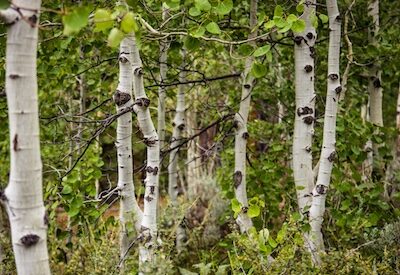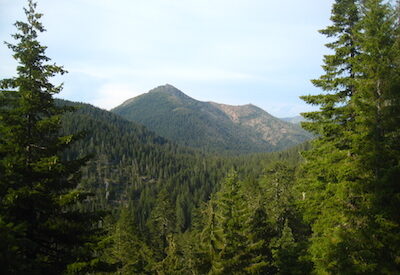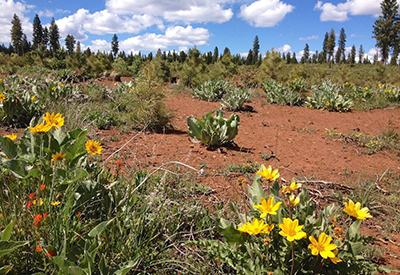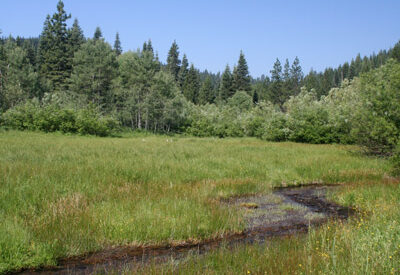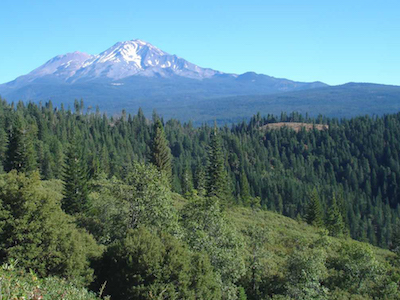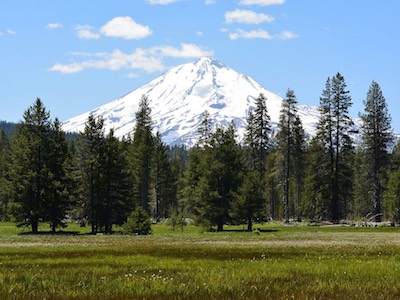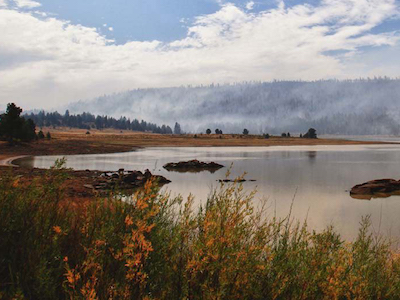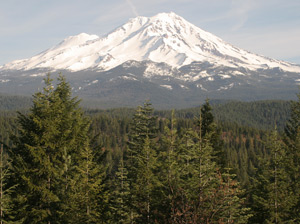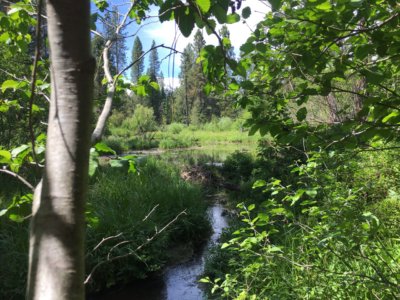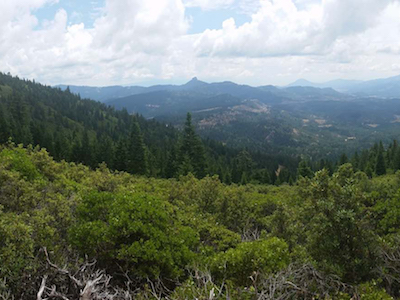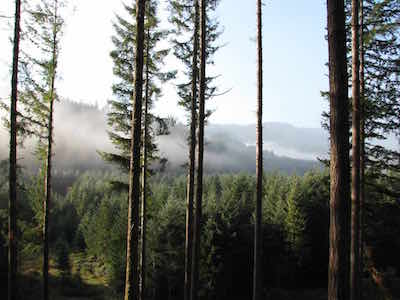Peregrine falcon
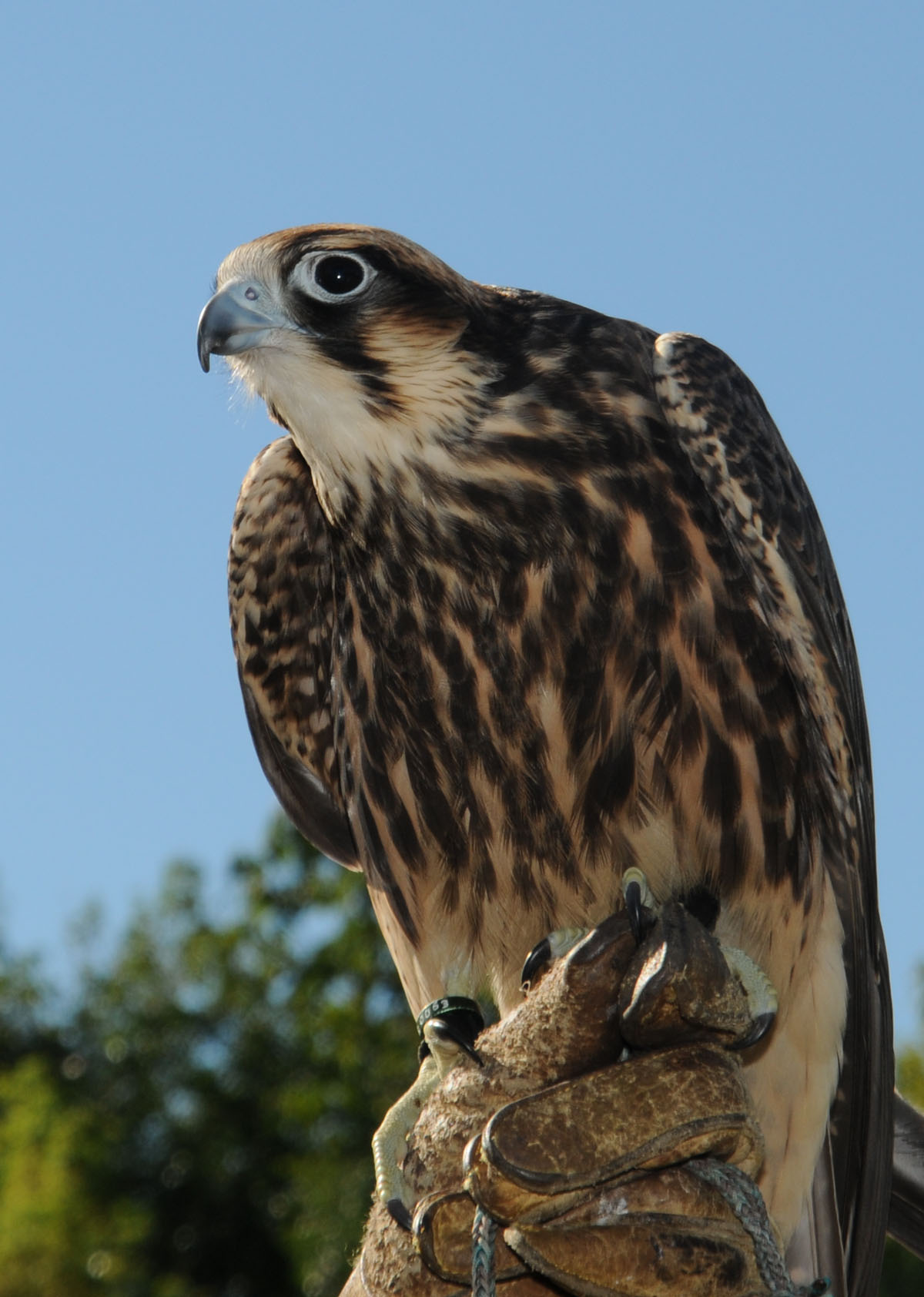
QUICK FACTS
Latin Name: Falco peregrinus
Status: Least concern
Range: Everywhere except polar regions, mountains, and rainforests
Diet: Other medium-sized birds
Length: 13-23 inches
About the peregrine falcon
The peregrine falcon is a large bird of prey with a blue-gray back, white underpants, and a black head. The peregrine falcon can be found nearly everywhere on Earth, with the exception of extreme polar regions, very high mountains, and tropical rainforests. Most known for its speed, the peregrine falcon can reach speeds over more than 200 miles per hour when performing a high-speed dive, making it that fastest animal in the world.
Female peregrines are typically 30% larger than males, with females weighing up to 3 lbs. and males weighing up to 2 lbs. Peregrine falcons have a notched beak at the tip, allowing them to kill prey by severing the spinal column at the neck. These falcons are excellent hunters and are prized in falconry due to their strong hunting ability, high trainability, and availability.
The peregrine falcon lives mostly in mountain ranges, river valleys, coastlines and increasingly in cities. The increase in city falcons is due to easy access to high-altitude nests and an abundance of prey in the form of pigeons. This bird feeds almost exclusively on medium-sized birds, such as the aforementioned pigeons, and it is estimated that between 1,500 and 2,000 species of birds around the world are preyed on by peregrine falcons.
Once paired, peregrine falcon couples’ mate for life and return to the same nesting spot each year. The courtship ritual includes a series of aerial acrobatics, spirals, dives, and a complex maneuver in which the male passed prey he caught to the female while flying.
The peregrine falcon was once widely threatened due to the heavy use of DDT in the 50s, 60s, and 70s. However, since the ban in the 1970s, populations have mostly rebounded due to protection of nesting places and releasing captive-bred birds into the wild. The peregrine falcon was removed from the Endangered Species List in 1999.
For more information: Audubon
Photography: Image #1 – USFWS, Image #2 – USFWS
How you can help this species
The peregrine falcon needs your help to preserve its natural habitat. Together with the Pacific Forest Trust and our network of partners, we can all protect the spaces this species needs to survive.

